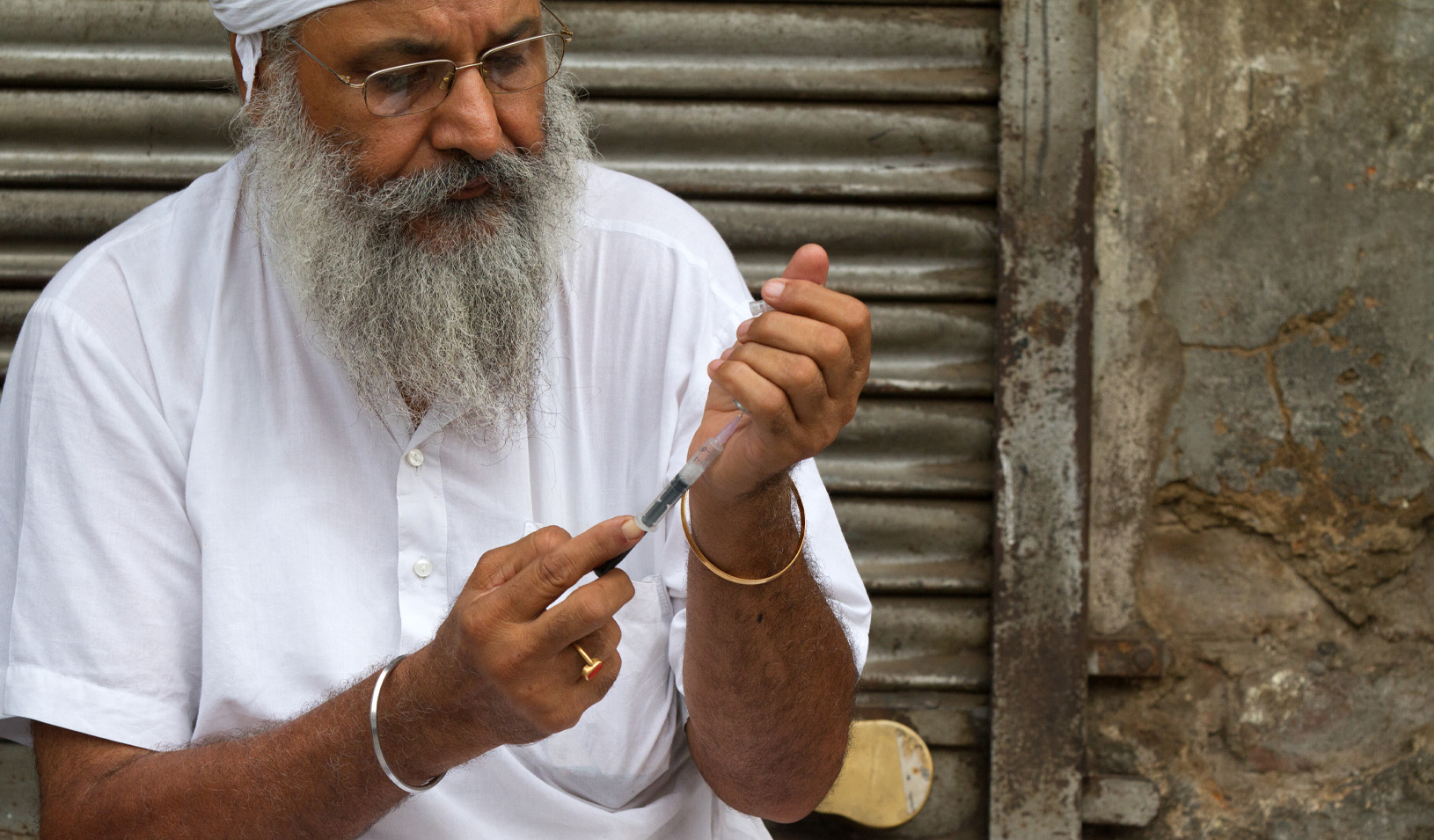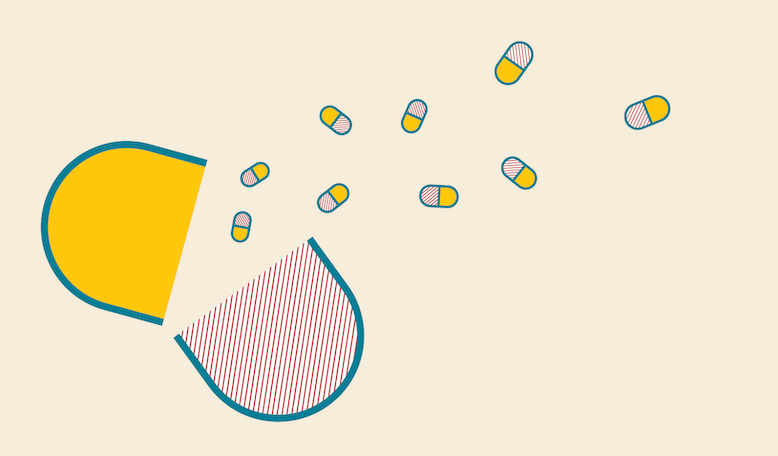
Researchers deployed the marketing concept of “conjoint analysis,” a statistical technique that measures how people weigh tradeoffs when making decisions. | iStock/Ivan-balvan
How are choosing among dishwashers and cancer treatments similar?
Both decisions involve the customer — or patient, in the latter case — weighing tradeoffs among different attributes: For the dishwasher, it might mean thinking about price versus quality and speed of washing; for cancer treatment, it will likely involve considering the potential effectiveness alongside the potential side effects of receiving chemotherapy, radiation, or other interventions.
The similarity between product decisions and treatment decisions motivated Stanford Graduate School of Business professor emeritus V. “Seenu” Srinivasan and UCLA-based coauthors Christopher Saigal, Sylvia Lambrechts, and Ely Dahan (deceased) to apply a well-established marketing approach to understand patients’ cancer treatment preferences better by placing them in the role of a customer.
Their study, “The Voice of the Patient Methodology: A Novel Mixed-Methods Approach to Identifying Treatment Goals for Men with Prostate Cancer,” found that the marketing approach reliably uncovered the treatment considerations of greatest importance to prostate cancer patients, including those a more conventional approach likely wouldn’t have revealed. Combining such information with other treatment-efficacy data could greatly improve treatment-related decision-making.
The motivation for the research grew in part from Srinivasan’s longstanding interest in “conjoint analysis,” a statistical approach to understanding how people make decisions when faced with tradeoffs. He and his coauthors believed analytical approaches could be used to develop a smarter way of matching patients to treatments based on what patients say matter most to them. “Doctors often say to patients, ‘This is what I would recommend,’” Srinivasan says. “But we need to incorporate more of what the patient wants.”
To do that, the researchers applied the marketing approach known as the “voice of the customer,” typically used by companies to understand the product attributes that matter most to customers. “The problem in product development and marketing,” Srinivasan says, “is that you have engineers and product people thinking about what matters to them and using their own terminology, rather than taking a customer-focused approach.”
This “producer bias” can also happen in medicine, where the “stakes are much higher than for buying a dishwasher,” Srinivasan says. “Doctors have limited time with patients and have opinions on what they think is best, based on their toolkit. So they sometimes point out advantages of that treatment without presenting a full list of possible approaches and risks, and understanding what the individual patient wants out of the treatment.”
To assess which medical treatment attributes — how a given therapy is associated with survival rates, side effects, and other areas — were most important to patients, the researchers crafted a “voice of the patient” protocol for prostate cancer patients.
That meant having long, one-on-one conversations with 30 prostate cancer patients about what they valued most in a treatment, especially around issues like lifespan and such side effects as sexual dysfunction and incontinence. “We took hundreds of quotes from those interviews, eliminated redundancy, then asked another group of 15 patients to group the quotes based on similarity,” Srinivasan says. “The similarity information was analyzed by a statistical ‘clustering’ technique to get treatment attributes to be considered going forward.”
The approach uncovered attributes typically considered important to cancer patients — mortality rates and urinary symptoms, for example — but also those that a conventional approach might not reveal. In the latter group were whether the treatment involved an incision and how actively the patient felt involved in the decision-making process. “Those probably wouldn’t have come up without the ‘voice of the patient’ method,” Srinivasan says.
After understanding the key attributes to consider, conjoint analysis could be used to understand the importance a particular patient places on each attribute. For example, if a physician knows her patient is eager to be involved in decision-making, she may talk to him very differently than to another favoring a more passive, just-tell-me-what-to-do approach. Knowledge that a patient is fearful of an invasive treatment would help shape the conversation, as well.
“The idea of getting more patient input into treatment decisions isn’t new, but this specific technique is,” Srinivasan says. “This is the way to go in the future to ensure that relevant attributes are included.”
Specifically, information obtained systematically on patients’ preferences about treatment attributes — such as through a digital questionnaire administered by a technician — could be combined with data on effectiveness and side effects of each treatment option for that patient based on demographic profile, medical history, and other factors to guide treatment discussions in a much more powerful way.
“A large number of people have been treated for prostate cancer,” Srinivasan says. “We can use big data to understand treatment effectiveness and side effects based on patient characteristics, then marry that with patient preference data to develop very specific treatment plans more likely to result in what the patient wants.”
One major benefit of this approach is increased patient satisfaction because the physician is more likely to take into account the attributes that matter most to a given patient. A second major advantage of this approach would be improved efficiency: A physician could be armed with all the necessary information, including the patient’s preferences, before even meeting with the patient, saving both parties significant time. “There are large potential cost-savings,” Srinivasan says.
In short, applying an established marketing technique to high-stakes medical decisions such as cancer treatment may potentially create large value for all parties.
For media inquiries, visit the Newsroom.






